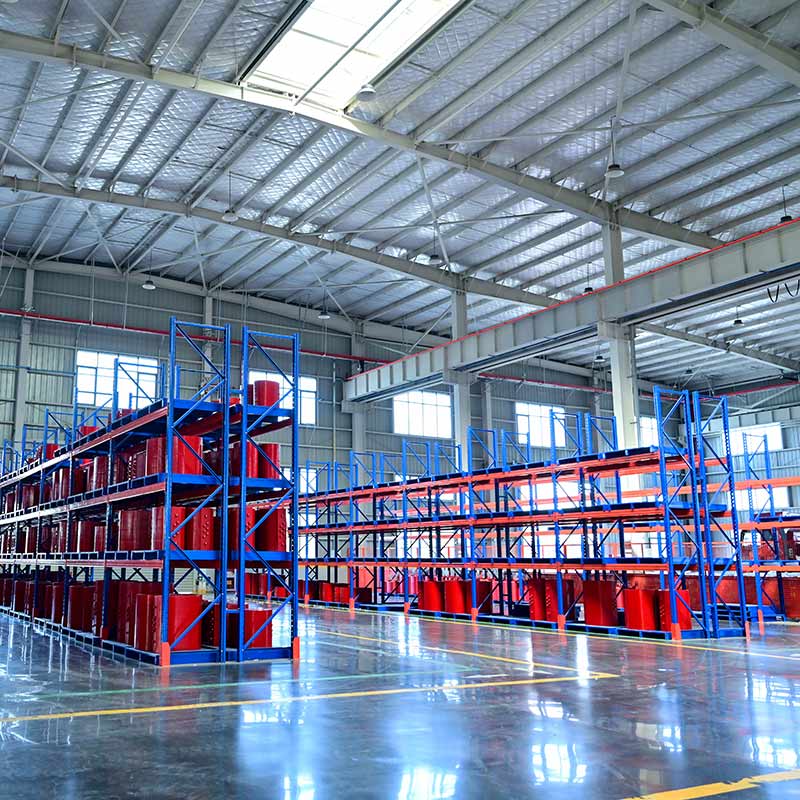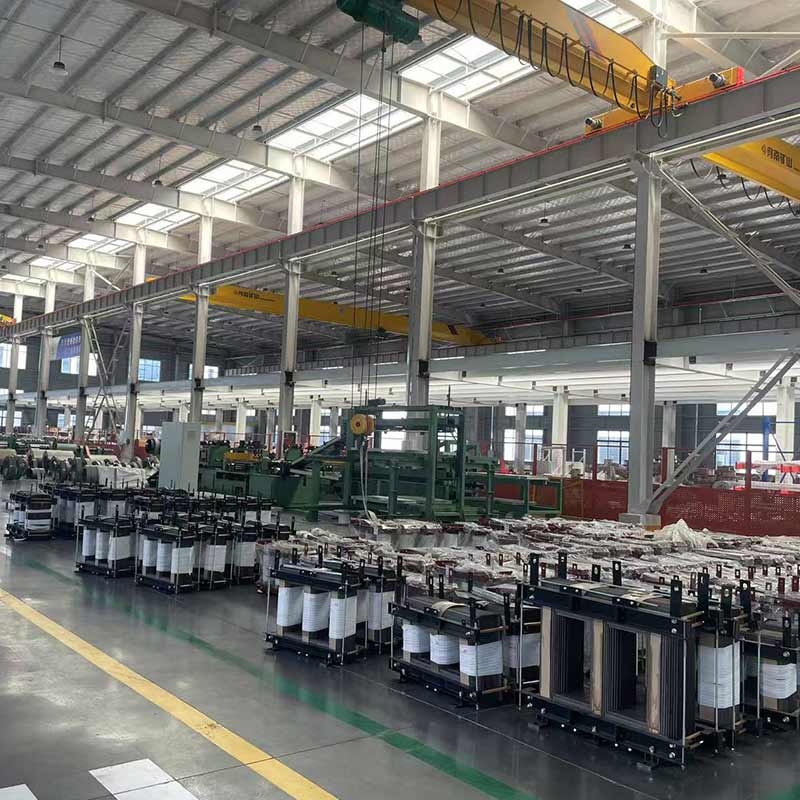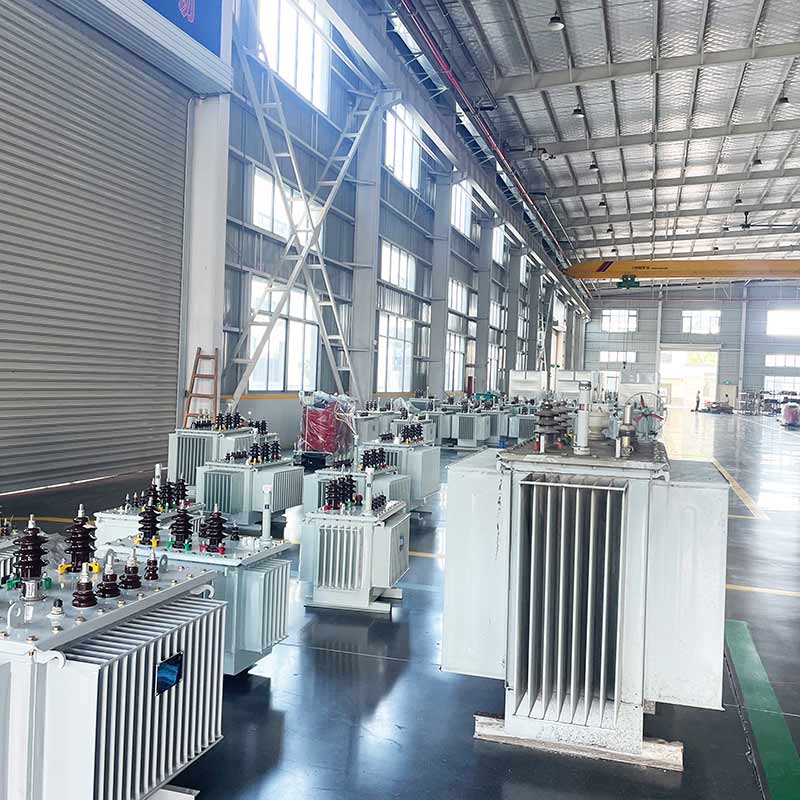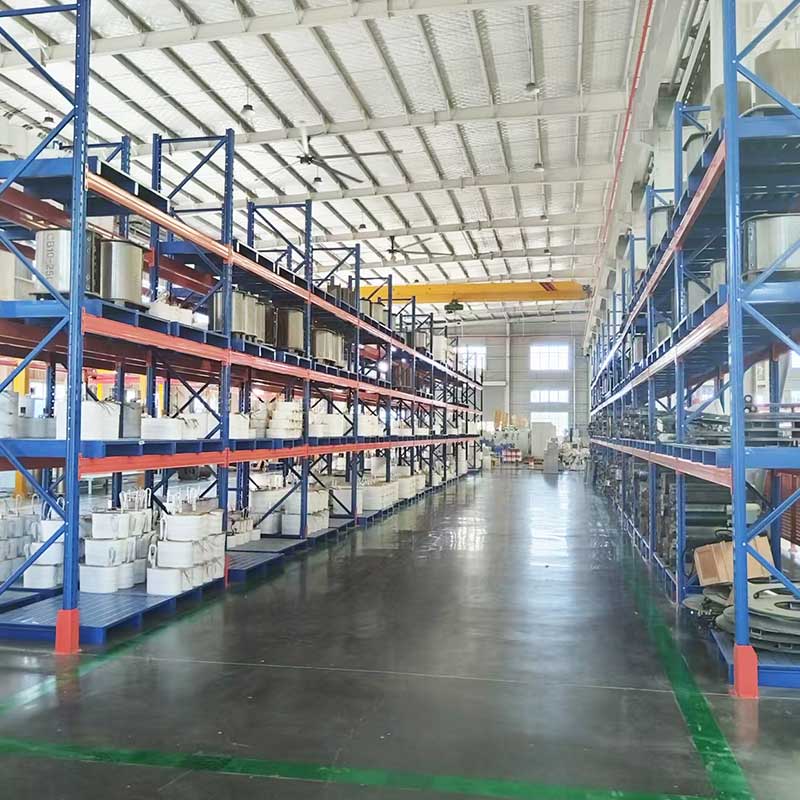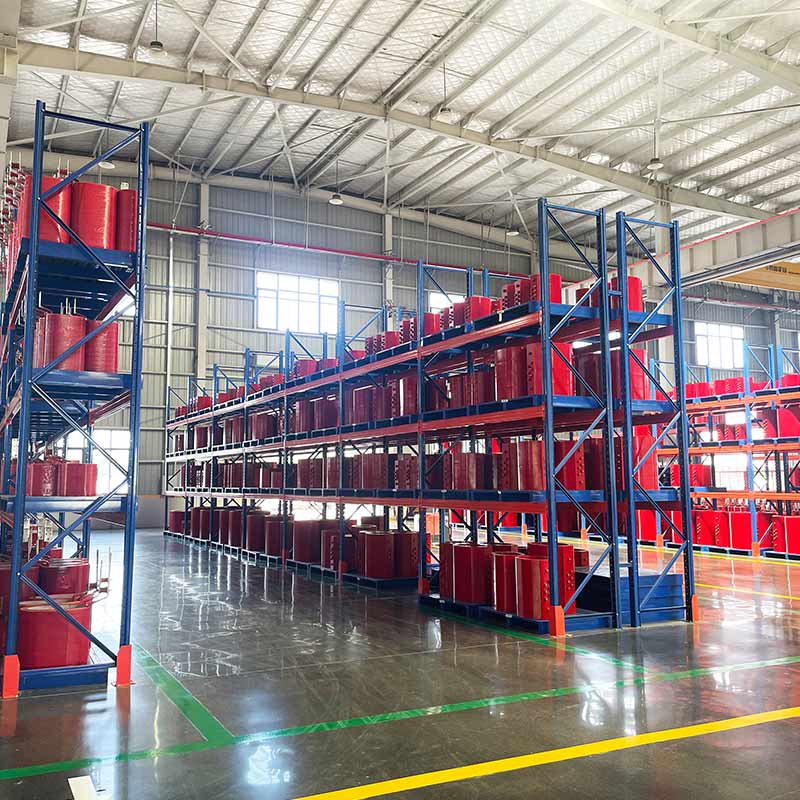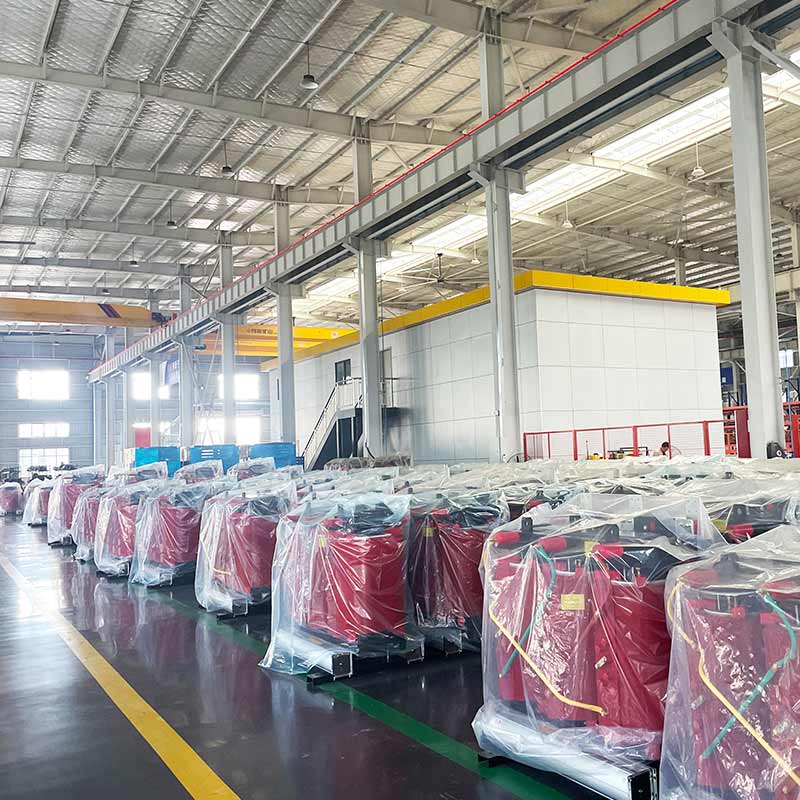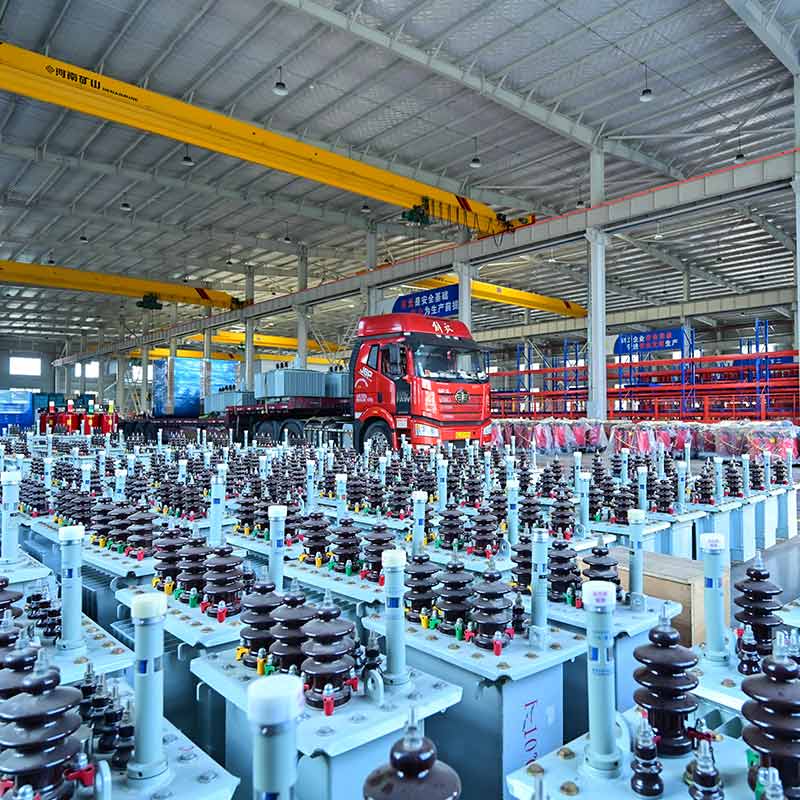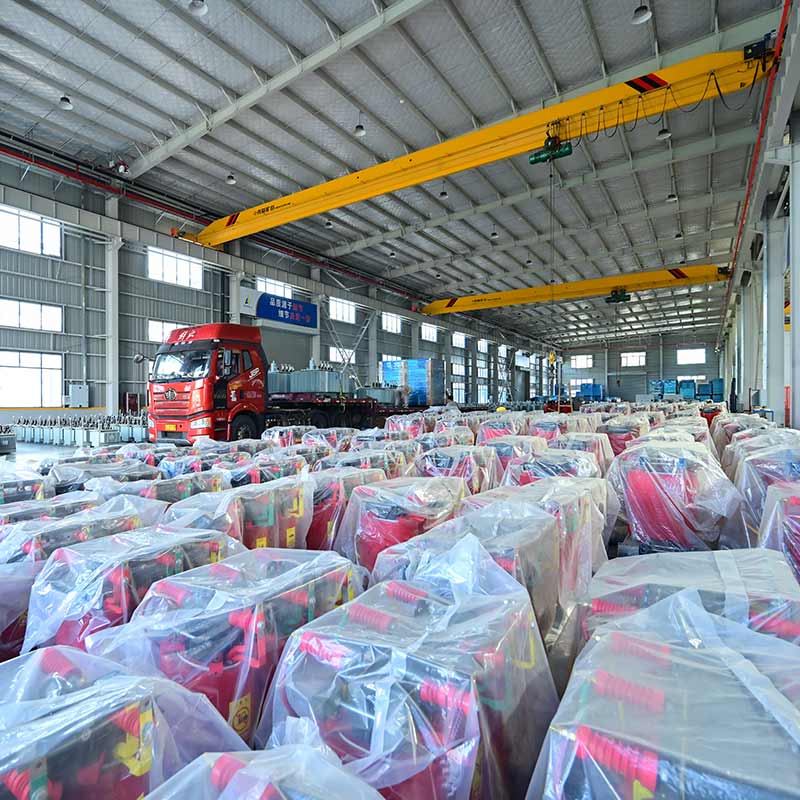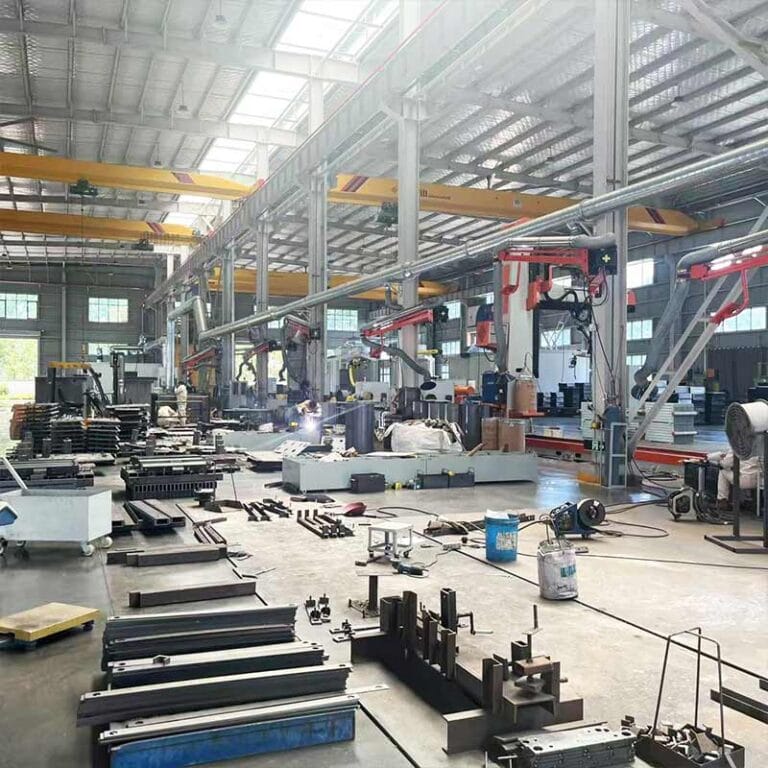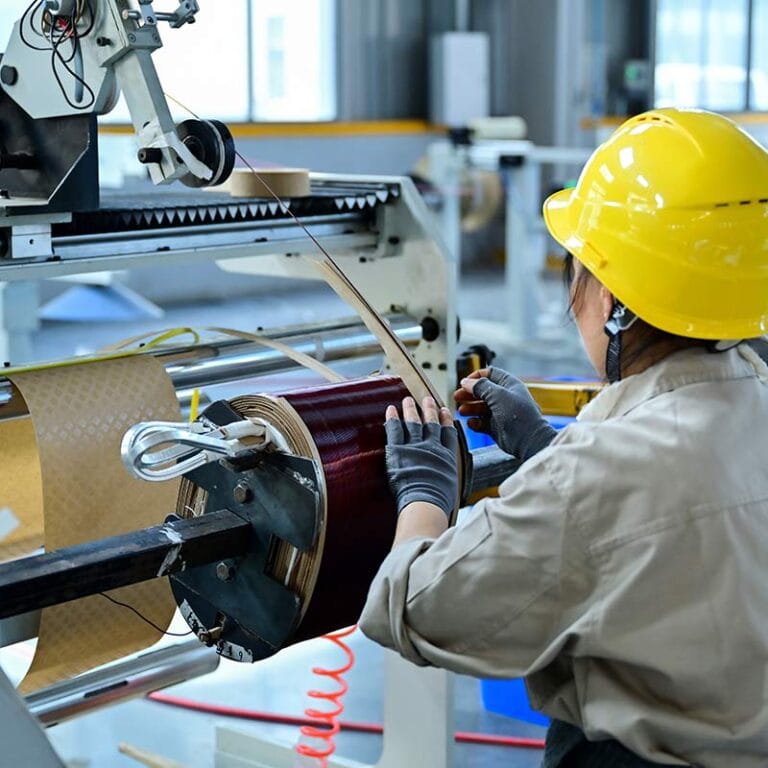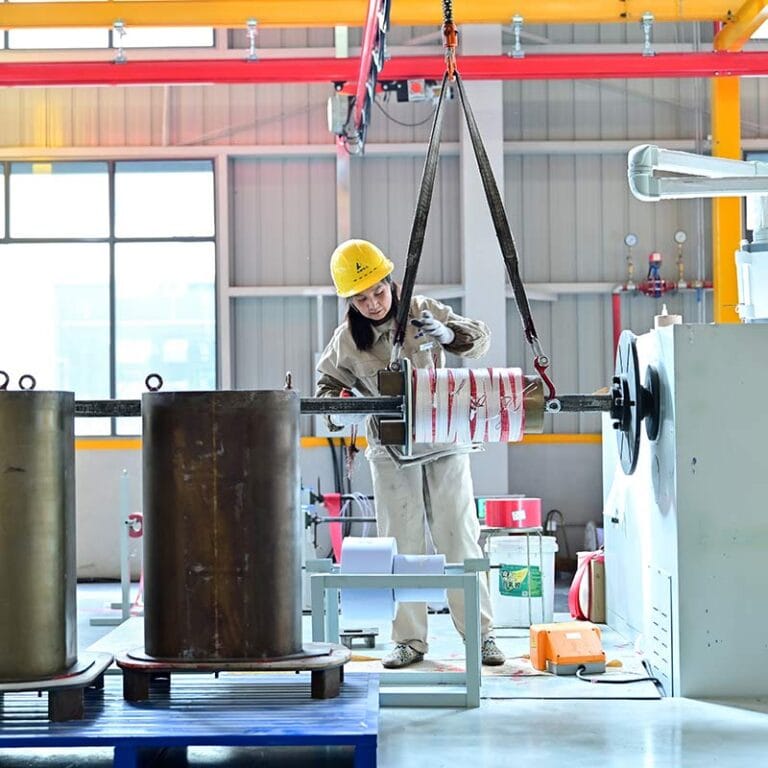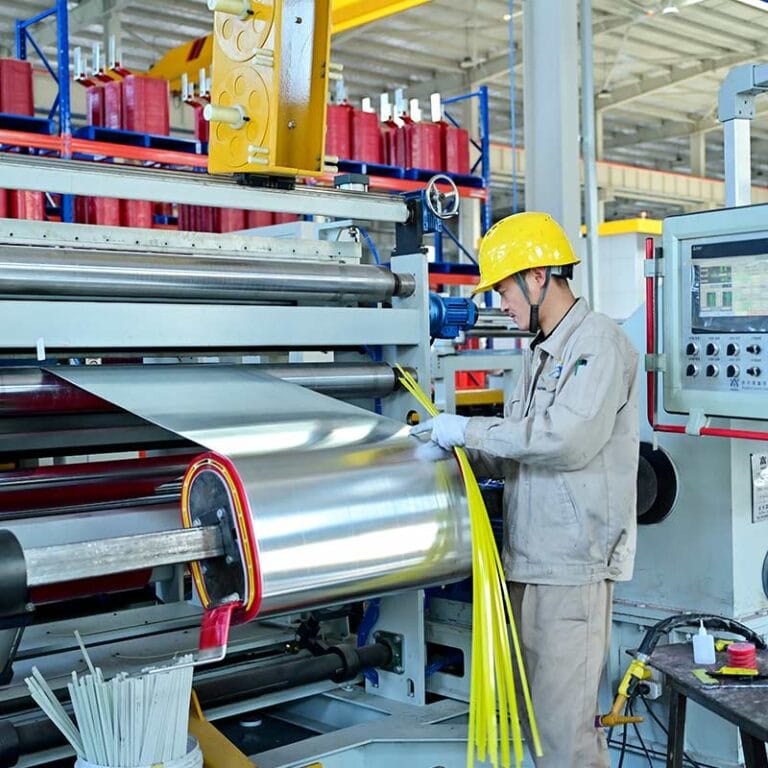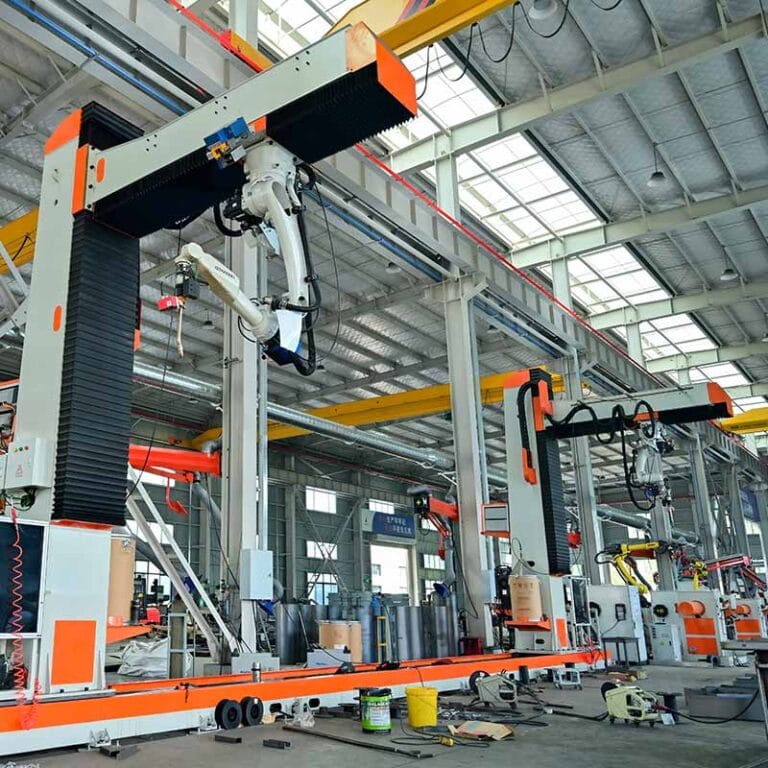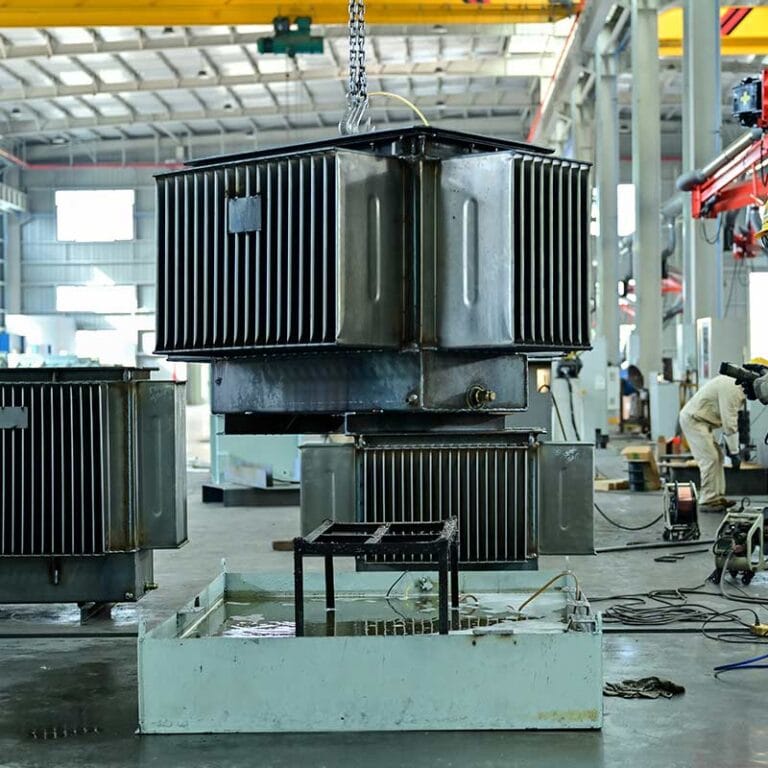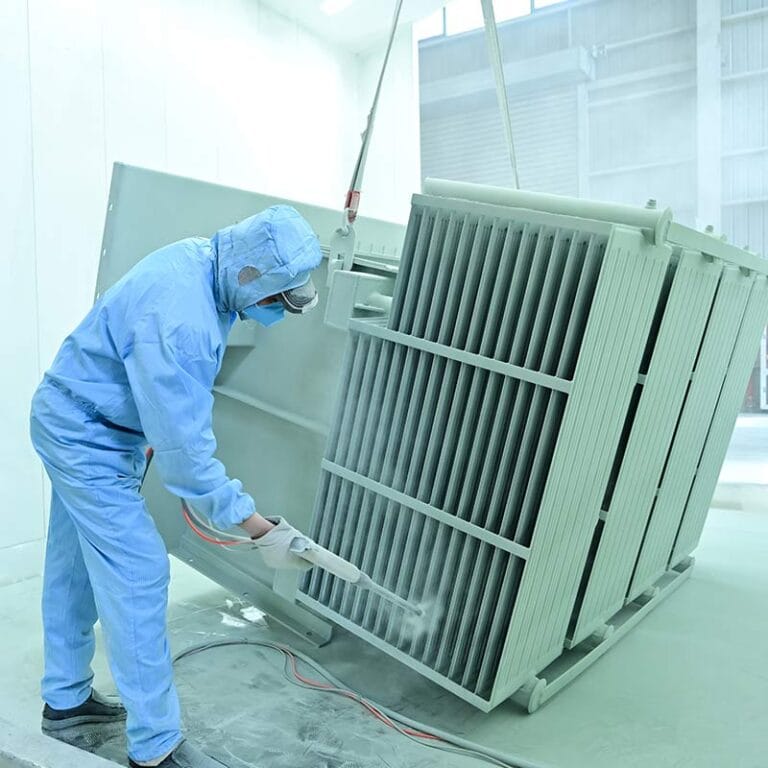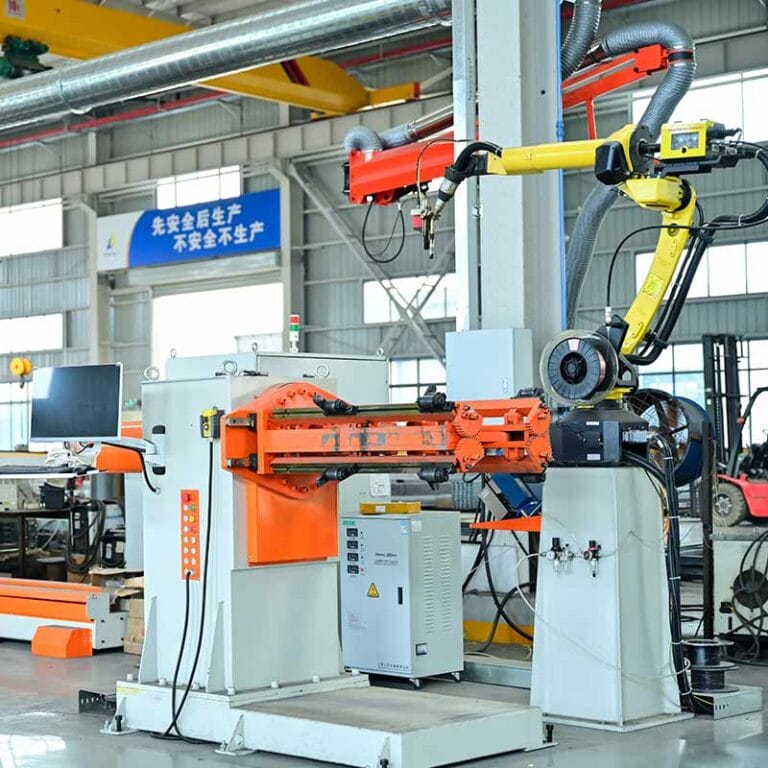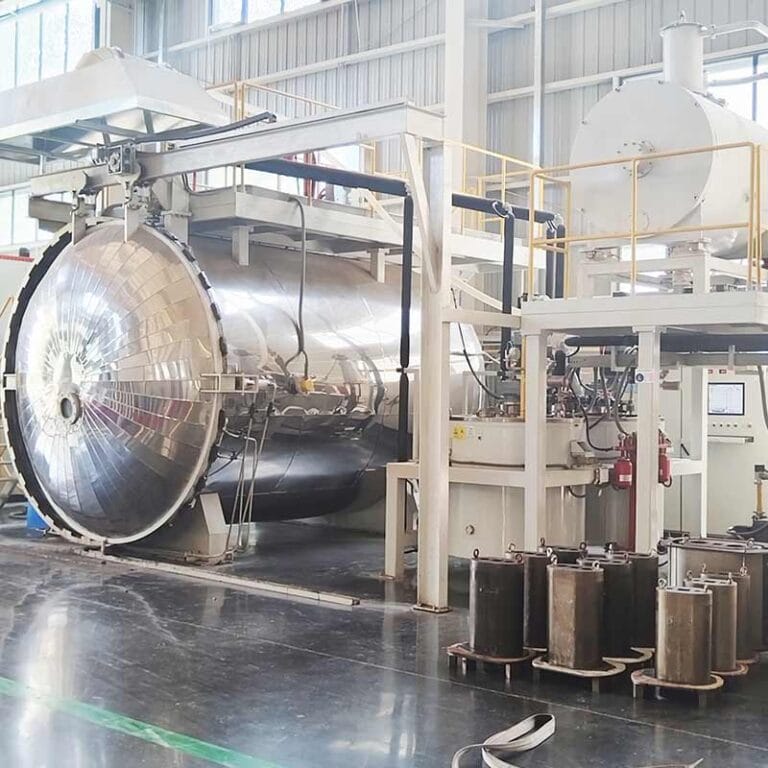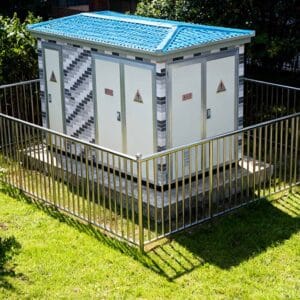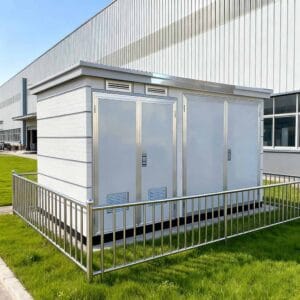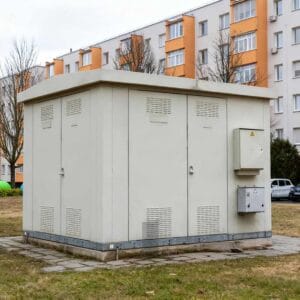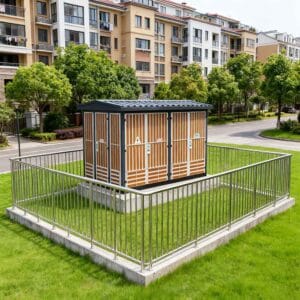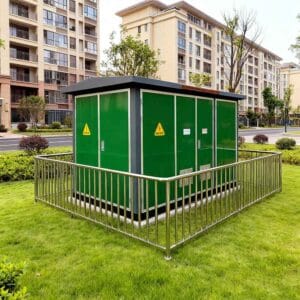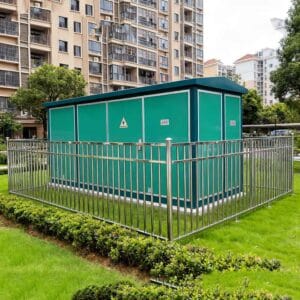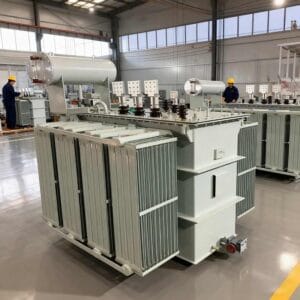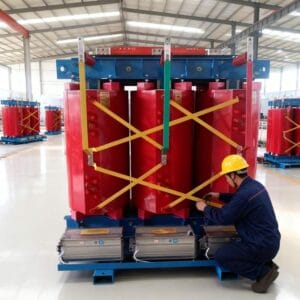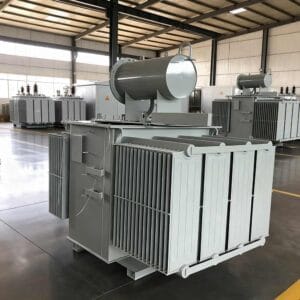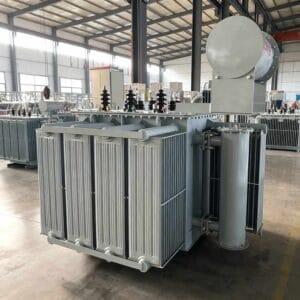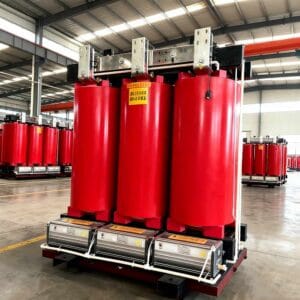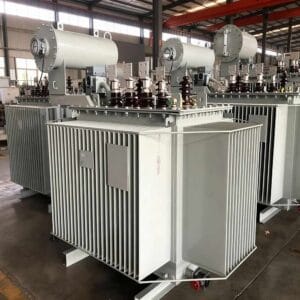Single Phase Pole Mount Transformer for Residential Neighborhoods
Introducing Lihe Electrical Equipment’s high-quality Single Phase Pole Mount Transformer, engineered for efficient energy distribution in residential and commercial settings. As a leading manufacturer in the power industry, we employ advanced technology to custom-design transformers that align with our clients’ specific needs.
With a strong focus on reliability and durability, our transformers are built to withstand diverse environmental conditions while ensuring a steady electricity supply. The pole-mount design enables easy installation and requires minimal space, making it an ideal solution for areas with limited ground space.
Our price list features competitive rates without compromising on quality, delivering exceptional value for your investment. Trust Lihe Electrical Equipment to provide the finest single-phase pole mount transformer for your power distribution requirements.
Single Phase Pole Mount Transformer: A Comprehensive Guide for Efficiency and Selection
In the realm of electrical distribution, the single phase pole mount transformer stands as a critical component, bridging the gap between high-voltage power grids and low-voltage end-users. Whether powering residential neighborhoods, small commercial spaces, or rural areas, this compact and versatile device ensures a stable, safe supply of electricity. This guide dives into its working principles, key applications, selection criteria, maintenance tips, and market trends—essential knowledge for engineers, contractors, and anyone involved in electrical infrastructure.
1. What Is a Single Phase Pole Mount Transformer?
A single phase pole mount transformer (often abbreviated as SPPMT) is a type of electrical transformer designed to step down high-voltage single-phase electricity (typically from utility grids, e.g., 7.2kV, 12.47kV) to low-voltage levels (e.g., 120V/240V) suitable for residential, light commercial, or small industrial use. Unlike ground-mounted transformers, it is installed on utility poles, making it ideal for areas with limited space or where underground installation is impractical.
Core Characteristics:
- Single-Phase Design: Optimized for systems that only require two conductors (hot and neutral), matching the power needs of most homes and small businesses.
- Pole-Mounted Installation: Saves ground space, reduces theft risk, and simplifies access for utility maintenance.
- Compact & Lightweight: Constructed with high-efficiency core materials (e.g., grain-oriented silicon steel) and compact windings, ensuring easy handling and installation.
- Weather Resistance: Enclosed in corrosion-resistant, weatherproof casings (often aluminum or steel) to withstand rain, extreme temperatures, and UV exposure.
2. How Does a Single Phase Pole Mount Transformer Work?
At its core, the SPPMT operates on the principle of electromagnetic induction, similar to other transformers, but tailored for single-phase power flow:
- High-Voltage Input: The transformer’s primary winding connects to the utility’s high-voltage distribution line, receiving single-phase AC power.
- Magnetic Field Generation: When current flows through the primary winding, it creates a fluctuating magnetic field in the transformer’s iron core.
- Voltage Induction: The magnetic field induces an alternating current in the secondary winding, which has fewer turns than the primary winding (for step-down operation).
- Low-Voltage Output: The secondary winding delivers low-voltage power (e.g., 120V/240V) to local distribution lines, powering homes, shops, or small equipment.
Key note: Some models include tap changers—adjustable connections on the windings—to fine-tune output voltage, ensuring stability even when grid voltage fluctuates.
3. Key Applications of Single Phase Pole Mount Transformers
The SPPMT’s compact design and single-phase focus make it indispensable in scenarios where low-voltage, single-phase power is the primary requirement:
3.1 Residential Areas
- Powers single-family homes, townhouses, and small apartment buildings, delivering the 120V/240V power needed for appliances (refrigerators, HVAC systems), lighting, and electronics.
- Ideal for suburban or rural neighborhoods where homes are spread out, as pole mounting avoids the cost of underground cabling.
3.2 Rural Electrification
- Critical for bringing electricity to remote rural areas, where population density is low and ground-mounted transformers are uneconomical.
- Supports farms, rural clinics, and small rural businesses, enabling access to essential power for irrigation pumps, medical equipment, and communication devices.
3.3 Light Commercial Spaces
- Supplies power to small commercial establishments: convenience stores, gas stations, small offices, and local shops.
- Fits in tight urban spaces (e.g., sidewalk utility poles) where ground space is limited, ensuring businesses near residential areas stay powered.
3.4 Temporary Power Needs
- Used in construction sites, outdoor events, or emergency response (e.g., post-storms) to provide temporary single-phase power for tools, lighting, or emergency services.
- Easy to install and relocate, making it a flexible solution for short-term power demands.
4. How to Choose the Right Single Phase Pole Mount Transformer: Key Selection Factors
Selecting the correct SPPMT ensures efficiency, safety, and long-term reliability. Consider these critical factors:
4.1 Power Capacity (kVA)
- Calculate the total load the transformer will serve: sum the power requirements of all connected devices (e.g., homes, appliances, machinery).
- Choose a capacity with a 10-20% buffer to avoid overloading (e.g., if the total load is 15kVA, select a 18-20kVA transformer). Overloading leads to overheating, reduced lifespan, and potential failures.
4.2 Voltage Ratings
- Match the primary voltage to the utility grid’s supply (e.g., 7.2kV, 12.47kV) and the secondary voltage to the end-user’s needs (e.g., 120V/240V, 208V).
- Confirm compatibility with local electrical codes (e.g., ANSI standards in North America, IEC standards in Europe) to avoid compliance issues.
4.3 Environmental Adaptability
- For harsh climates (extreme cold, heat, or humidity), select models with temperature-resistant insulation and weatherproof casings (e.g., NEMA 3R ratings for outdoor use).
- In coastal areas, choose corrosion-resistant materials (e.g., marine-grade aluminum) to prevent saltwater damage.
4.4 Efficiency
- Opt for high-efficiency transformers (e.g., DOE Level 2 or IE3 standards) to reduce energy loss and lower utility costs. Efficient models use advanced core materials and optimized windings to minimize no-load and load losses.
- Consider the “load factor”: if the transformer will operate at partial load (common in residential areas), prioritize low no-load losses (energy wasted when the transformer is idle).
4.5 Safety & Certification
- Ensure the transformer meets safety standards (e.g., ANSI C57.12.20, IEC 60076) for insulation, short-circuit resistance, and fire safety.
- Look for certifications from reputable bodies (e.g., UL, CE) to verify compliance with regional safety regulations.
5. Daily Maintenance Tips for Longevity
Proper maintenance extends the lifespan of a single phase pole mount transformer (typically 20-30 years) and prevents unexpected outages:
5.1 Regular Visual Inspections
- Check the casing for damage (dents, cracks) or corrosion. Repair or replace damaged casings promptly to protect internal components.
- Inspect electrical connections (primary and secondary terminals) for looseness, overheating (discoloration), or signs of arcing. Tighten loose connections and clean corrosion with a wire brush.
- Look for oil leaks (in oil-filled models) or coolant leaks (in dry-type models). Leaks indicate a seal failure and require immediate repair to avoid insulation damage.
5.2 Periodic Testing
- Conduct insulation resistance tests (using a megohmmeter) annually to check for insulation degradation. Low resistance values signal potential short-circuit risks.
- Test voltage output regularly to ensure it stays within the desired range (e.g., ±5% of the rated secondary voltage). Use a multimeter to measure voltage at the secondary terminals.
- For oil-filled transformers, test the oil’s dielectric strength every 2-3 years. Contaminated oil (with water or dirt) reduces insulation performance and must be filtered or replaced.
5.3 Cleanliness
- Keep the transformer and its surroundings clean. Remove debris (leaves, dirt) from the casing and vents to prevent overheating.
- Trim overhanging tree branches near the transformer to avoid damage from falling limbs and to maintain clear access for maintenance.
5.4 Emergency Preparedness
- Label the transformer with contact information for the utility company or maintenance team. In case of failure (e.g., loud humming, smoke), report it immediately.
- Have a backup plan (e.g., a portable generator) for critical loads during transformer outages, especially in rural or remote areas.
6. Market Trends & Future Outlook
The single phase pole mount transformer market is evolving to meet demands for efficiency, sustainability, and smart technology:
6.1 Smart Transformers
- Integration of IoT sensors allows remote monitoring of voltage, temperature, load, and fault conditions. Utility companies can detect issues (e.g., overheating) in real time, reducing downtime and maintenance costs.
- Some models include remote tap changers, enabling utility teams to adjust voltage without on-site visits.
6.2 Energy Efficiency & Sustainability
- Governments worldwide (e.g., the U.S. DOE, EU) are implementing stricter efficiency standards, driving the adoption of low-loss transformers.
- Dry-type SPPMTs are gaining popularity over oil-filled models, as they eliminate the risk of oil spills and are more environmentally friendly (suitable for eco-sensitive areas).
6.3 Rural Electrification Initiatives
- Global efforts to expand electricity access (e.g., the UN’s Sustainable Development Goal 7) are increasing demand for SPPMTs in rural and underserved regions. Manufacturers are developing low-cost, rugged models tailored for these markets.
7. Final Thoughts: Invest in Quality for Reliable Power
A single phase pole mount transformer is a long-term investment in electrical reliability. By understanding its applications, selecting the right model based on load and environment, and following regular maintenance practices, you can ensure it delivers safe, efficient power for decades. As the industry shifts toward smart and sustainable solutions, prioritizing certified, high-efficiency models will not only reduce operational costs but also support global energy goals.
For personalized advice on selecting or maintaining a single phase pole mount transformer, consult a reputable electrical equipment manufacturer or utility service provider.
Related Products
Compact Box Transformer Substation for Urban Areas
Transformer BoxBox Type Prefabricated Transformer Substations for Residential
Transformer Box250 KVA European-style Box-type Transformer Substation
Transformer Box500 kva Compact Substation Green Transformer Box
Transformer BoxHigh Efficiency 1 MVA Transformer for Utilities
Distribution Transformer10 MVA Dry Type Transformer for Large-Scale Manufacturing Units
Distribution Transformer2000 KVA Oil Filled Transformer for Substation Voltage Conversion
Distribution TransformerThree Phase 1250 KVA Transformer for Substation Distribution
Distribution Transformer315 KVA Dry Type Transformer IEC Compliant for Power Grids
Distribution TransformerLow Loss 4 MVA Transformer for Energy Efficient Operations
Distribution Transformer

